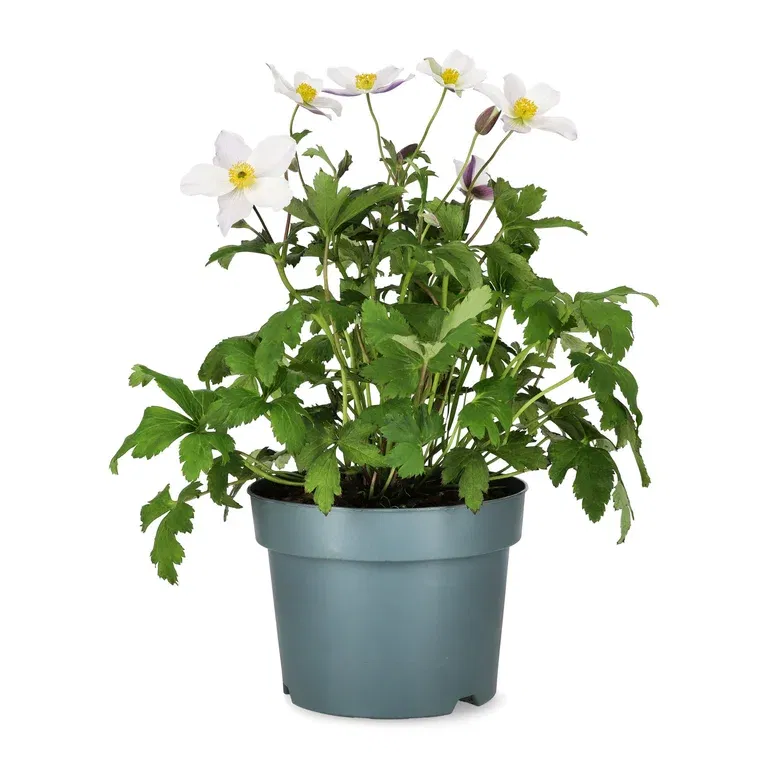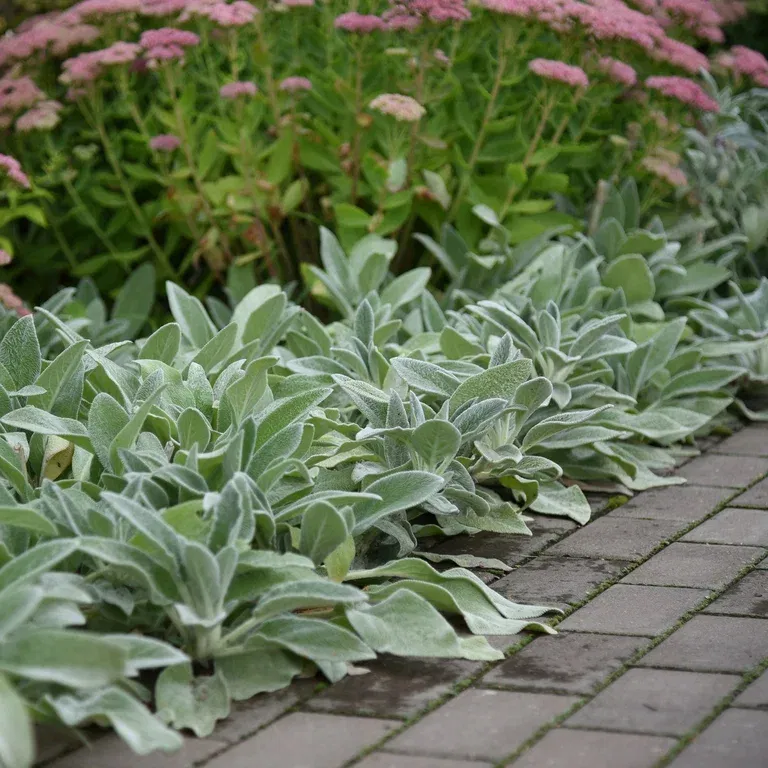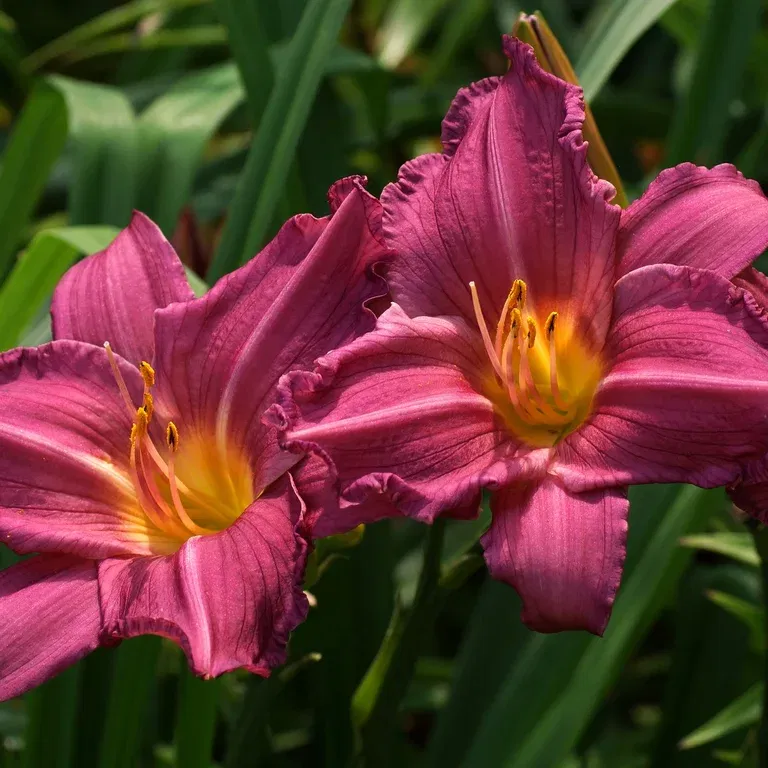How to create an allergy-friendly garden
Outdoor plants and garden
Summer can be a difficult time for people with pollen and plant allergies, with symptoms like a runny nose and watery eyes, but there's a lot you can do to still enjoy your garden. Here are the tricks that will help.




Written by Liselotte Roll
Swedish garden inspirer, journalist and author of books about nature, cultivation and animals, such as "Soil", "Grow for insects" and "Chickens as a hobby".
Topics:
Outdoor plants and garden












